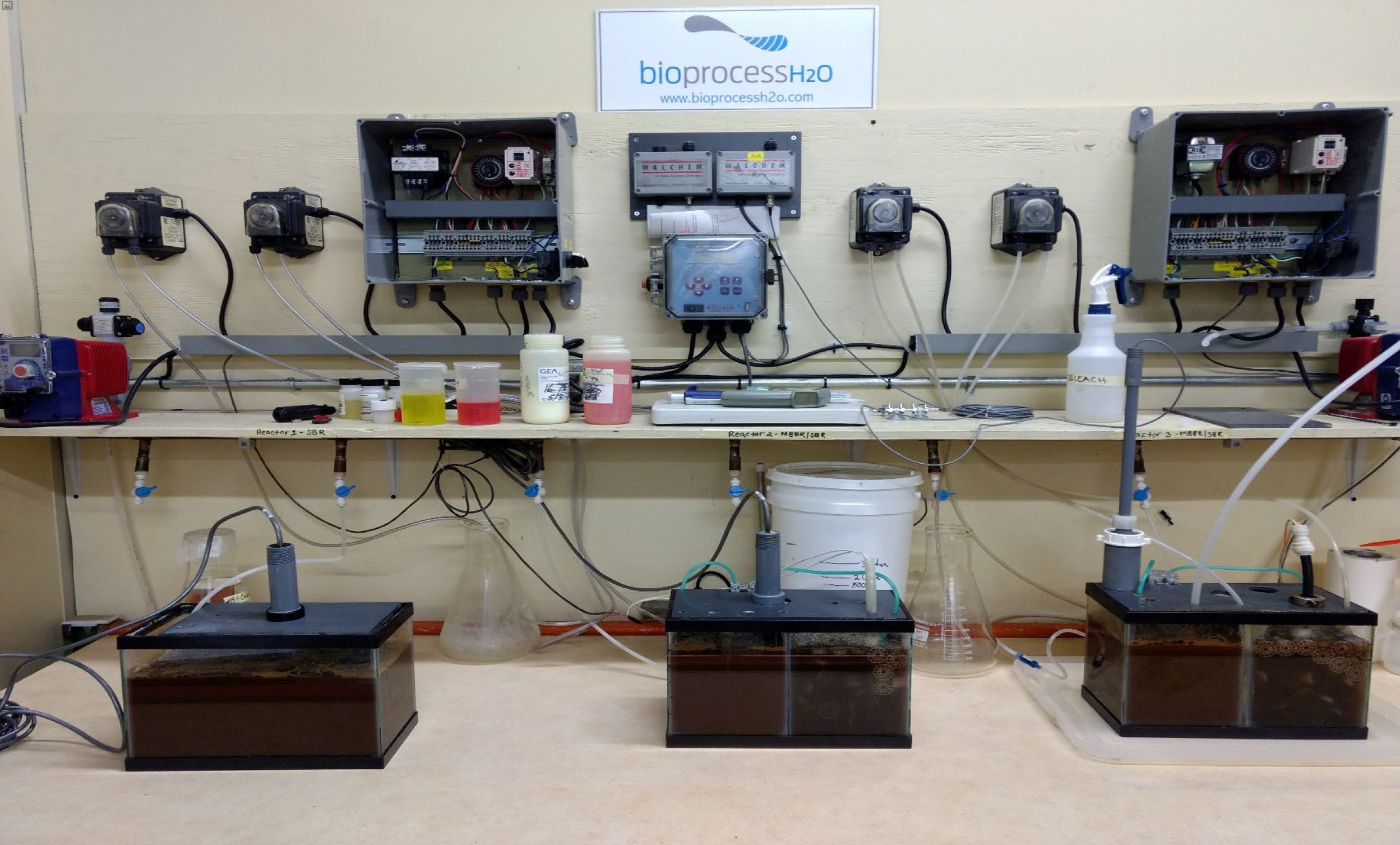What Is Biological Oxygen Demand (BOD)?
Learn what Biological Oxygen Demand (BOD) means, how it affects water quality, and why it's a key measure for pollution in rivers, lakes, and wastewater treatment.

What Is Biological Oxygen Demand (BOD)? A Simple Explanation
When we talk about water quality, one term that frequently comes up is biological oxygen demand, often abbreviated as BOD.
But what does biological oxygen demand mean, and why is it important?
In this post, we'll define biological oxygen demand, explain how it works, and explain why it is one of the most important indicators for water quality.
________________________________________
Biological Oxygen Demand: Definition and Meaning
Biological Oxygen Demand (BOD) is the amount of dissolved oxygen needed by microorganisms to break down organic matter in a water sample. In simpler terms, it's a way to measure how much "work" bacteria must do to clean up pollution in water.
You don't often think that water bodies contain oxygen, but water does contain a small amount of dissolved oxygen. While the amount is small (about ten molecules of oxygen per million of water) it is important for aquatic life and the aesthetic quality of water bodies like streams and lakes. Also it is important to note that, Biochemical oxygen demand is simply another name for the same concept.
BOD reflects how much oxygen is consumed by bacteria and other microorganisms as they decompose organic matter under aerobic (oxygen-present) conditions.
The higher the BOD, the more polluted the water is with organic waste.
________________________________________
What Does Biological Oxygen Demand Tell Us?
BOD is an important indicator of water quality because it reflects the degree of organic pollution in natural waters or wastewater. If a river or lake has a high biological oxygen demand, it means that there's a lot of organic material (like sewage, food waste, or agricultural runoff) and that bacteria are using up oxygen to break it down.
Certain environmental stresses—like hot summer temperatures—and human-induced factors—can reduce the amount of dissolved oxygen in water. This stresses aquatic life and degrades water quality, often making it murky and unappealing.
The decay of organic matter, measured as BOD, directly affects dissolved oxygen concentrations, making BOD critical for water-quality management.
________________________________________
How to test for biological oxygen demand (BOD)
The BOD test is a common method used in water treatment plants and environmental labs to measure water pollution. If you are an operator or run a facility, you would contact us, or a local lab company and send them a water sample. Once the sample is received we conduct a standard BOD test on it.
How it works:
1. A known volume of water sample is collected.
2. Its initial dissolved oxygen (DO) is measured.
3. It is incubated at 20°C (68°F) for 5 days.
4. After incubation, the DO is measured again.
The BOD₅ value is calculated from the depletion in DO over those 5 days. DO levels are typically recorded in parts per million (ppm). A high BOD means more oxygen was consumed—signaling lower water quality.
The standard method widely used for this test is Standard Methods 5210B. For BOD results to be accurate, the test must be run within 48 hours of sample collection and there must be a sufficient population of healthy bacteria present.
________________________________________
Soluble vs. Insoluble BOD
BOD can be divided into two main categories: soluble and insoluble BOD.
• Soluble BOD refers to oxygen demand from dissolved organic matter in the water. These compounds are usually smaller molecules like sugars, alcohols, and short-chain fatty acids that bacteria can easily consume.
• Insoluble BOD is associated with particulate organic matter that has not yet dissolved. This can include suspended solids like plant debris or food particles that take longer to break down.
Understanding the ratio of soluble to insoluble BOD is essential for optimizing treatment system design. Insoluble BOD often requires physical separation processes such as filtration or sedimentation, while soluble BOD is more efficiently treated biologically.
For more on how to reduce both types of BOD in industrial and municipal systems, check out our detailed guide: How to Remove BOD from Wastewater: A Comprehensive Guide
________________________________________
Why Is BOD Important in Water?
Monitoring biological oxygen demand in water helps environmental agencies and water treatment facilities:
• Evaluate the effectiveness of wastewater treatment processes.
• Prevent harmful effects on aquatic ecosystems.
• Stay compliant with environmental regulations.
BOD is used in wastewater treatment plants as an index of the degree of organic pollution. Solid materials in wastewater—both organic and inorganic—must be treated effectively to reduce BOD levels before discharge.
Industries that discharge wastewater into municipal sewers or directly into waterways must comply with strict BOD regulations and often need to implement pretreatment systems to meet those limits.
________________________________________
Sources of Biological Oxygen Demand
Common sources of BOD include:
• Leaves, woody debris, and dead plants or animals
• Animal manure and failing septic systems
• Effluents from pulp and paper mills, food-processing plants, and wastewater treatment facilities
• Urban stormwater runoff
• Fertilizers, particularly those containing phosphates, which are a growing concern in U.S. waterways
________________________________________
Summary: What Does Biological Oxygen Demand Mean?
In short, biological oxygen demand means the amount of oxygen needed by microorganisms to break down organic materials in water. It's a key indicator of pollution and is essential for maintaining healthy water systems.
________________________________________
Key Takeaways:
• Biological oxygen demand (BOD) measures organic pollution in water.
• A high BOD means low oxygen levels for aquatic life.
• BOD testing helps monitor and improve water treatment.
• Soluble vs. insoluble BOD matter for choosing the right treatment process.
• Accurate BOD testing is essential for water-quality compliance.
• Learn more about how to reduce biological oxygen demand in wastewater.
related posts
Connect with Our Expert Engineers Today and Find Solutions for Your Wastewater Challenges

